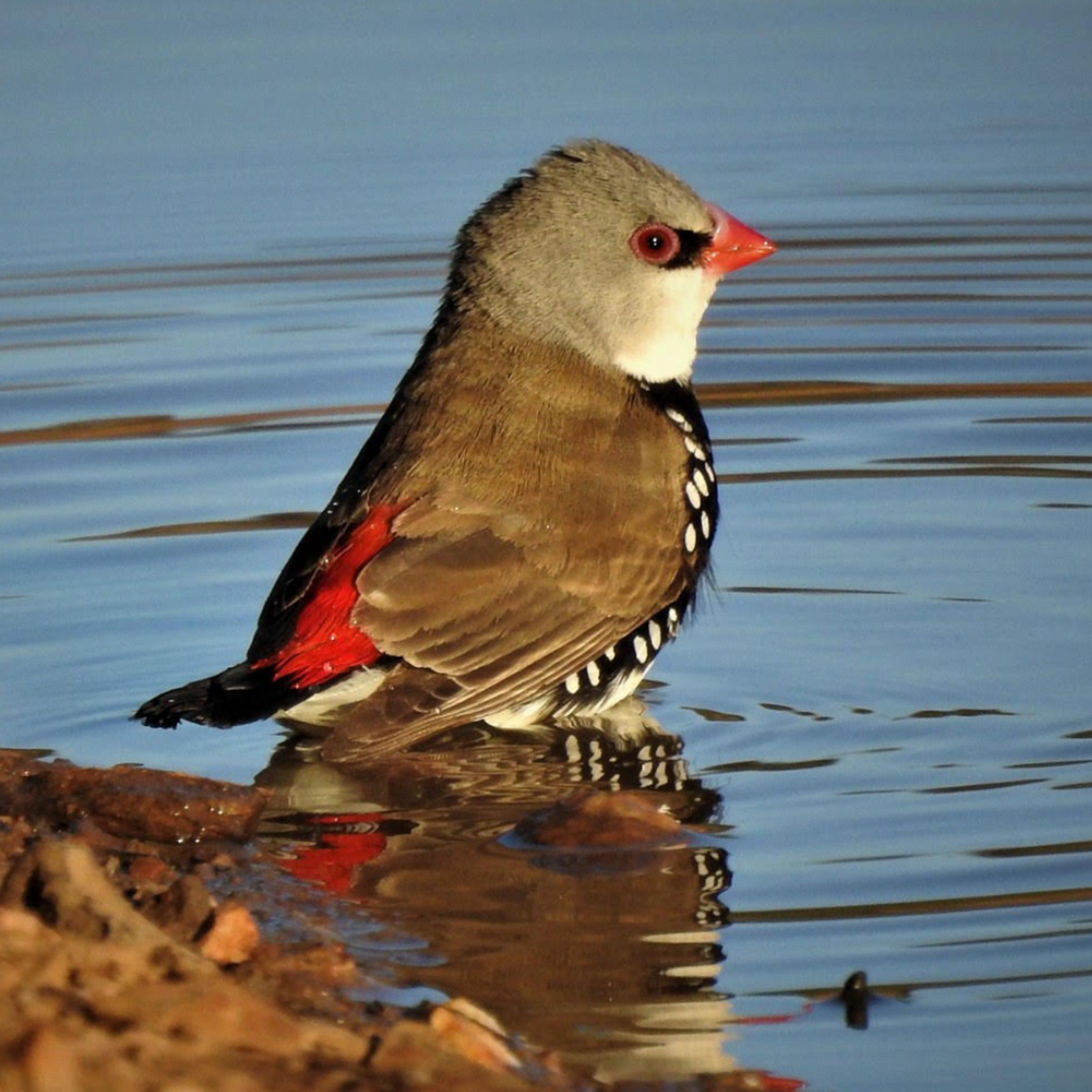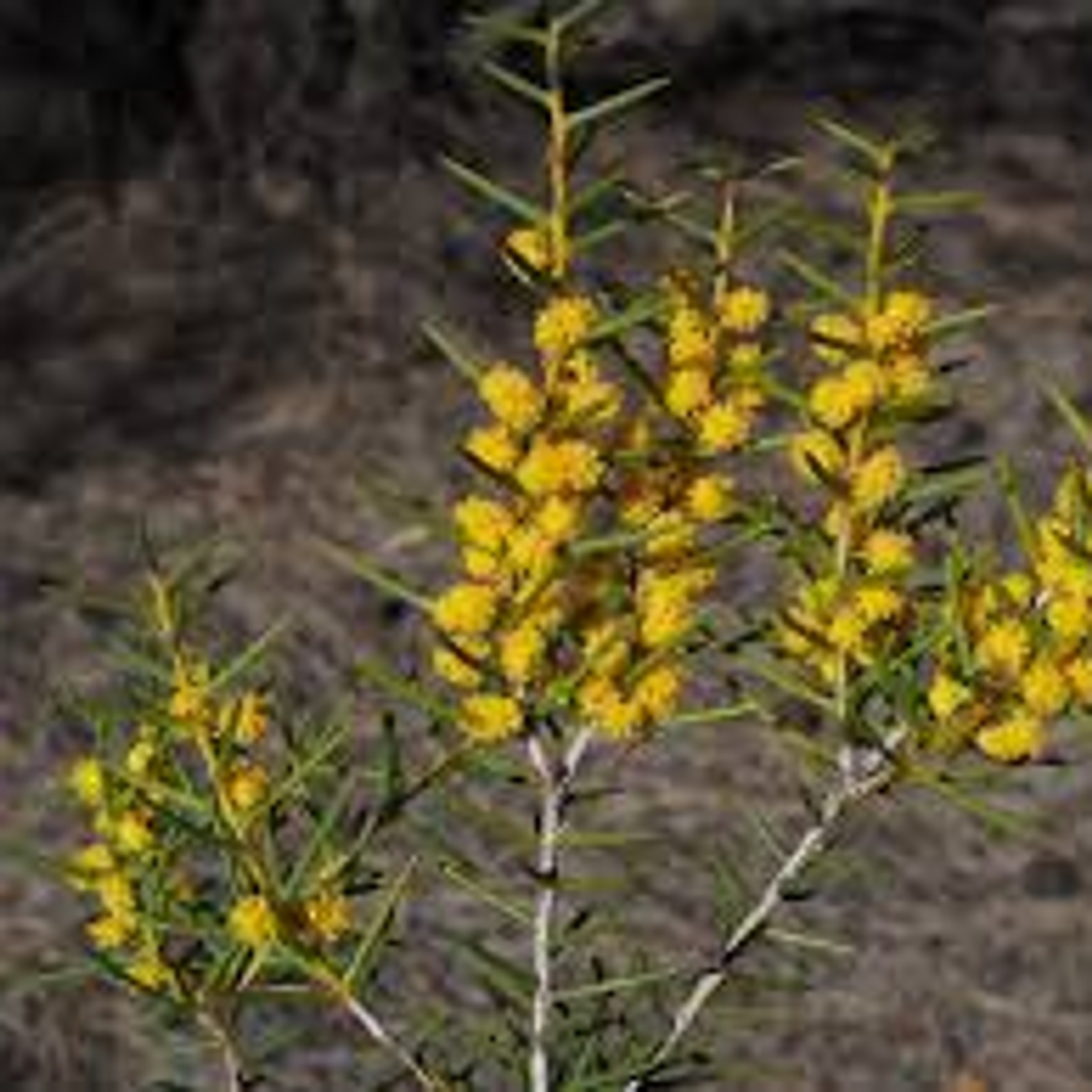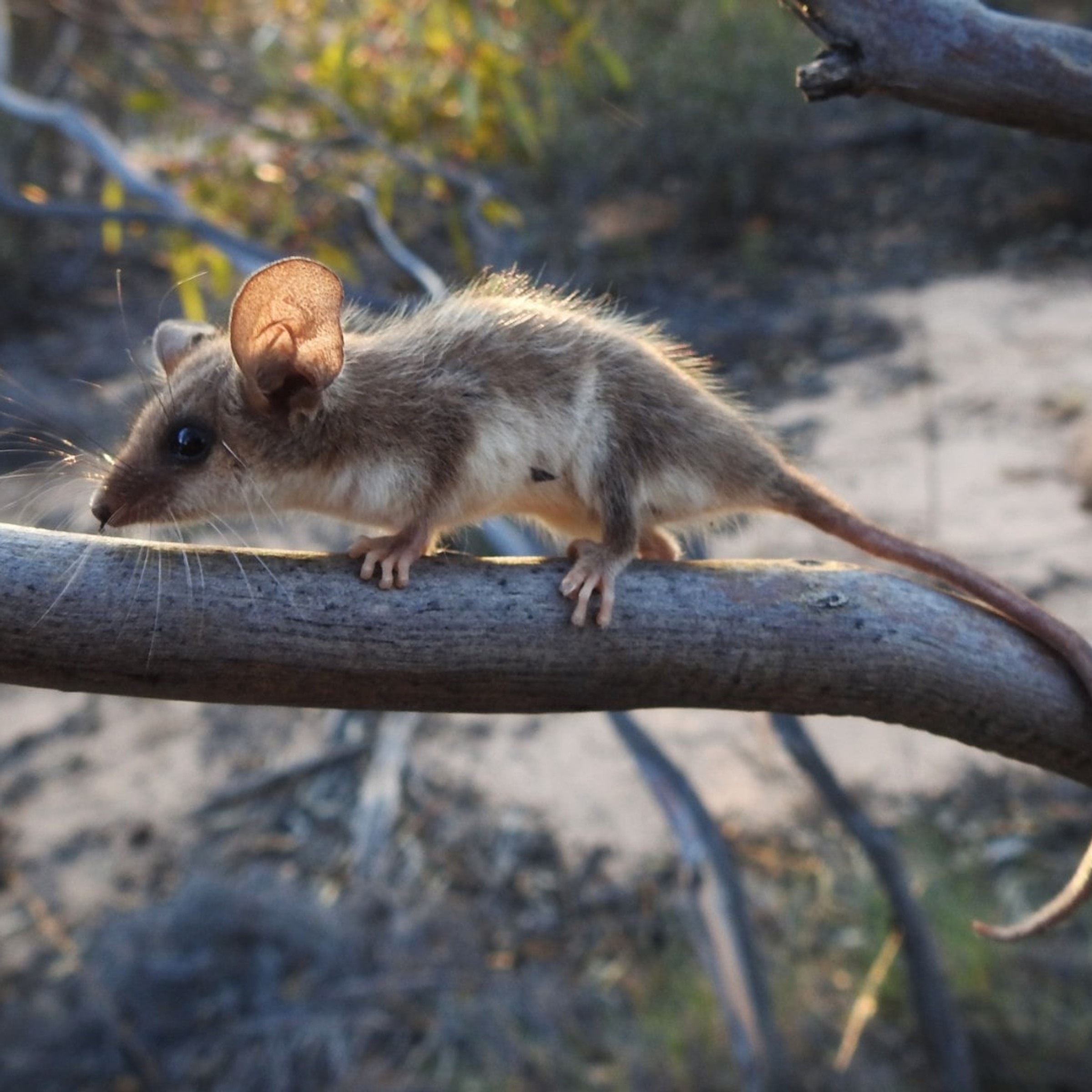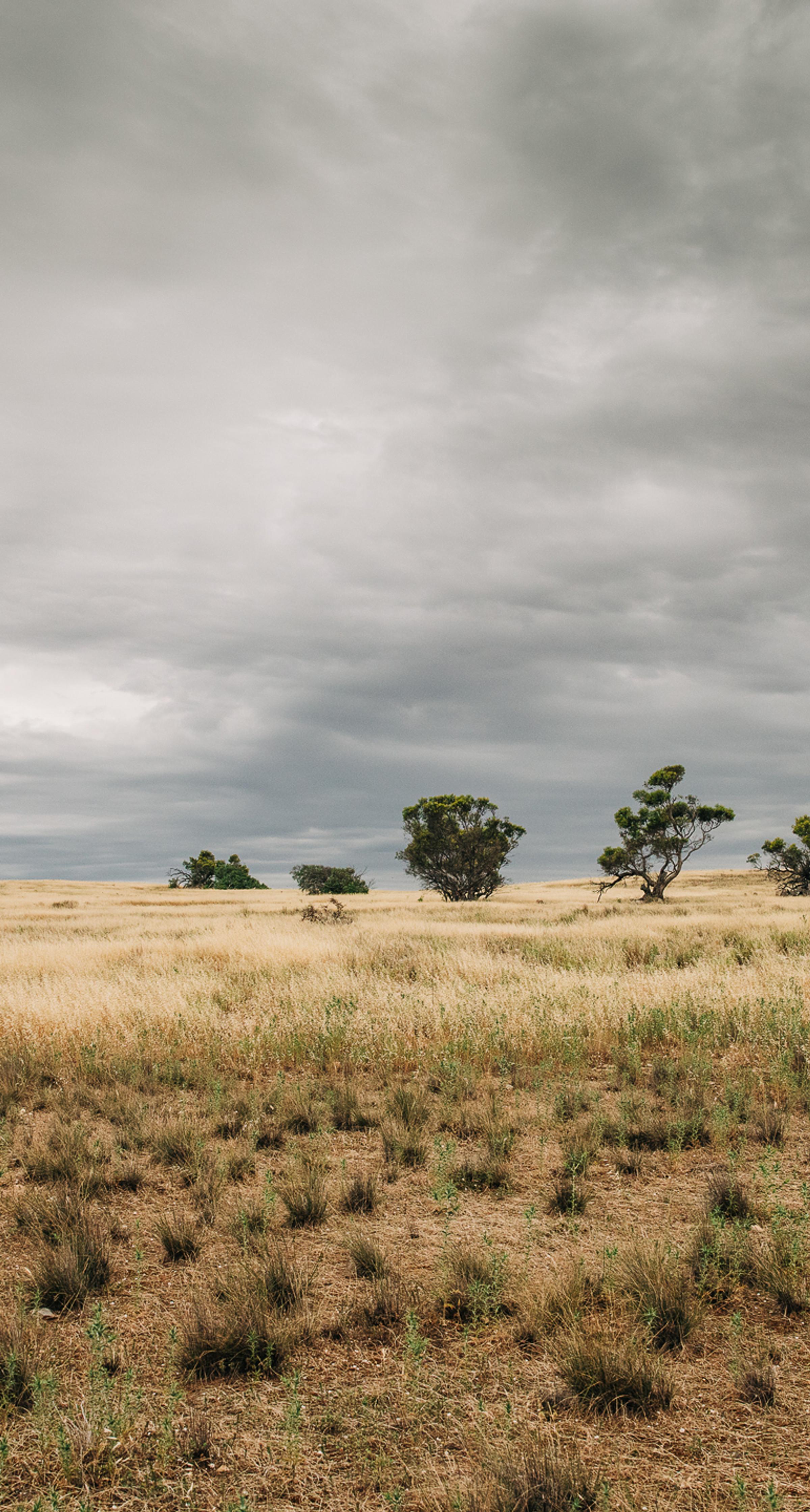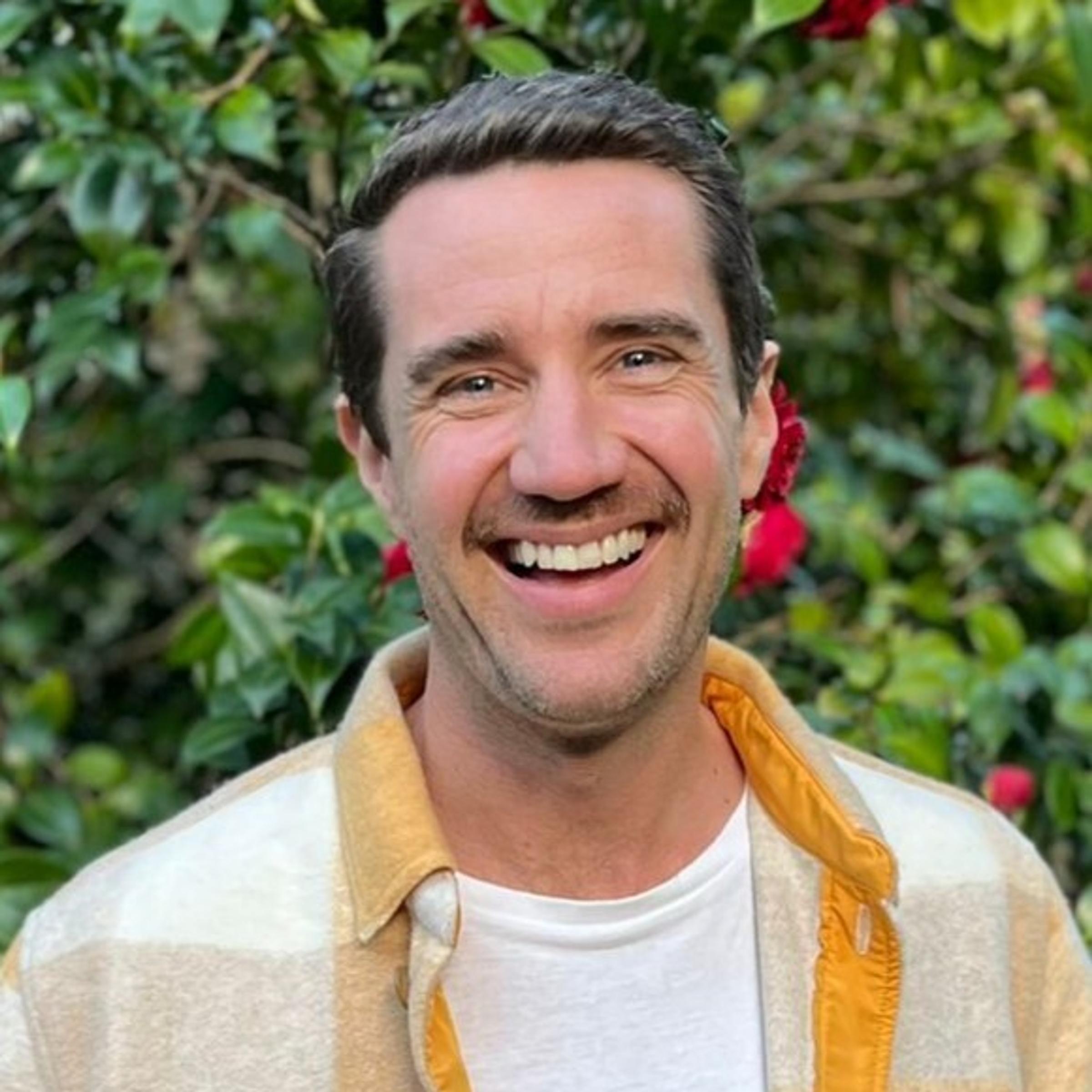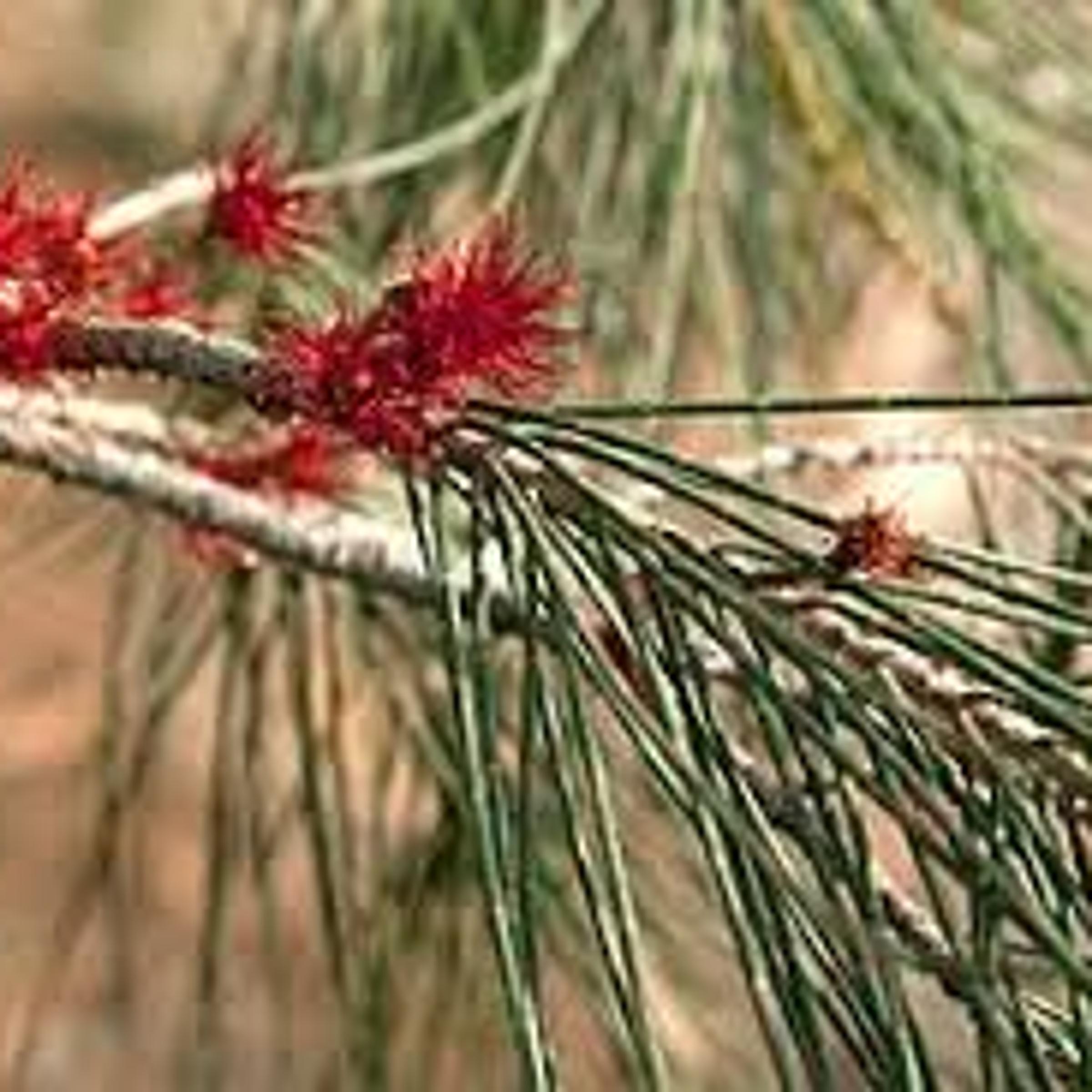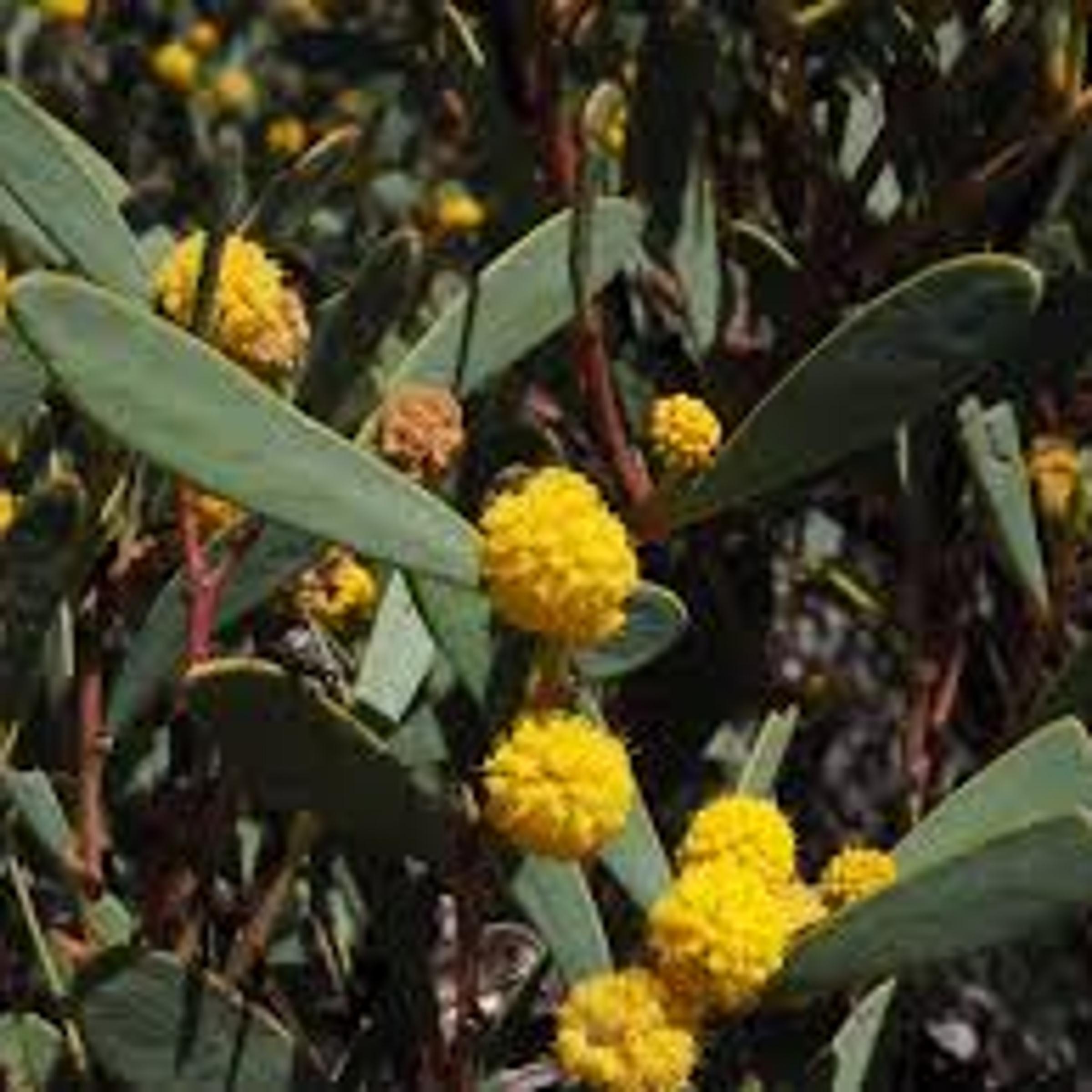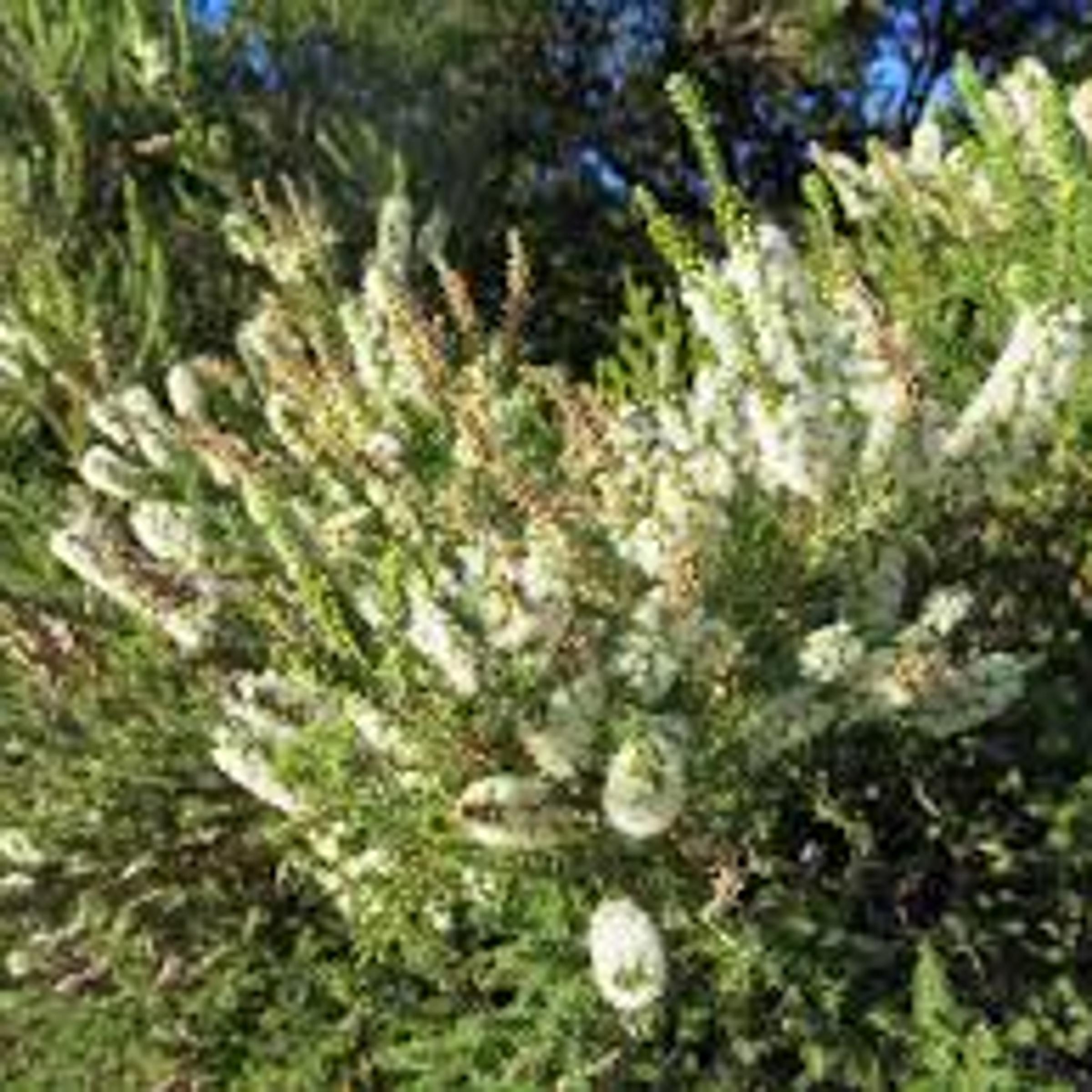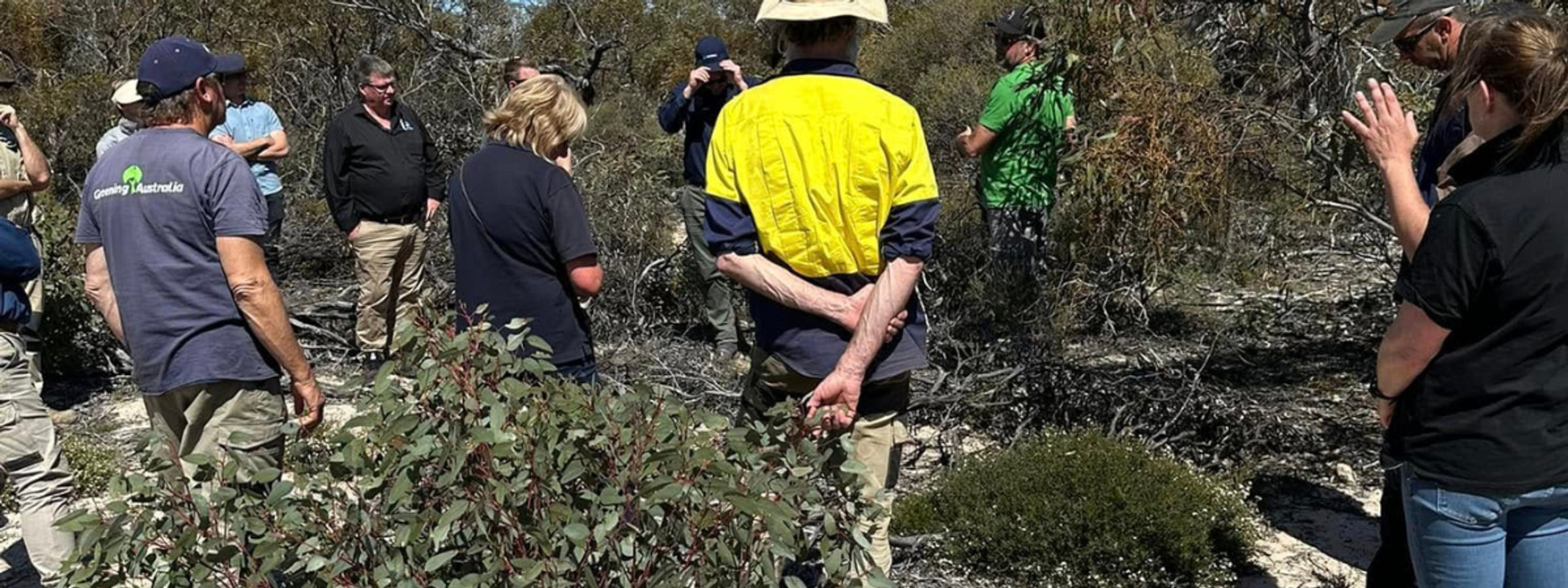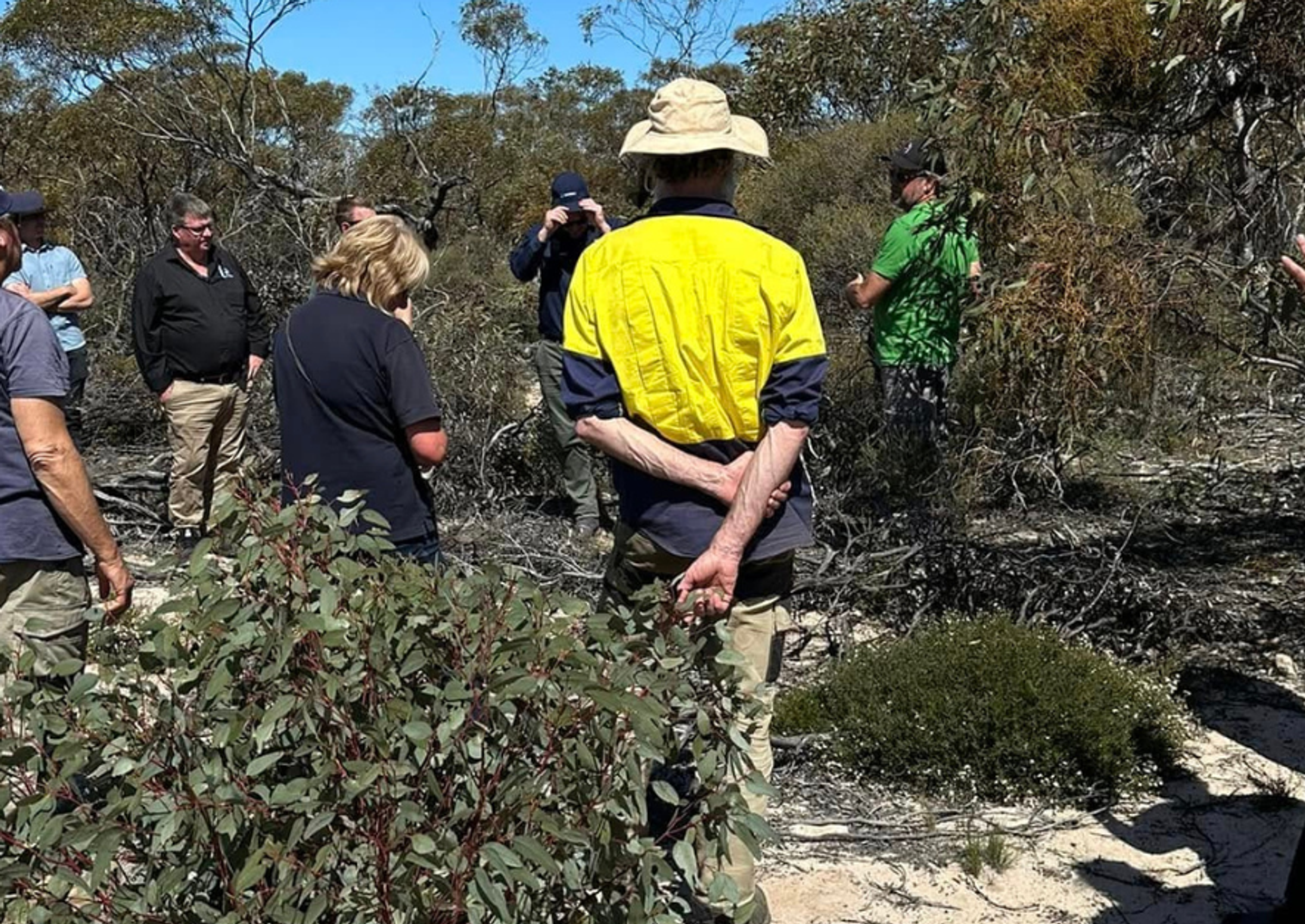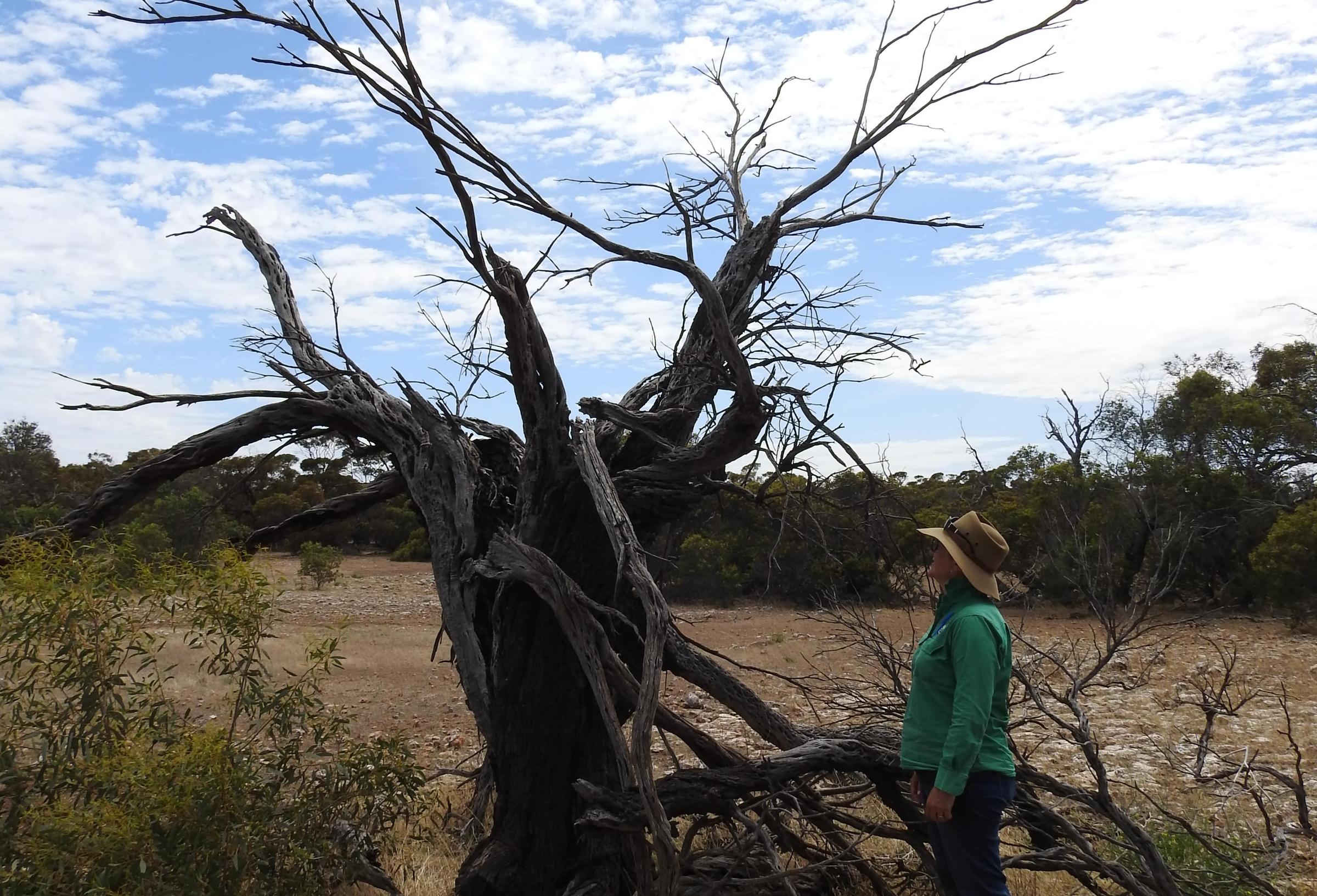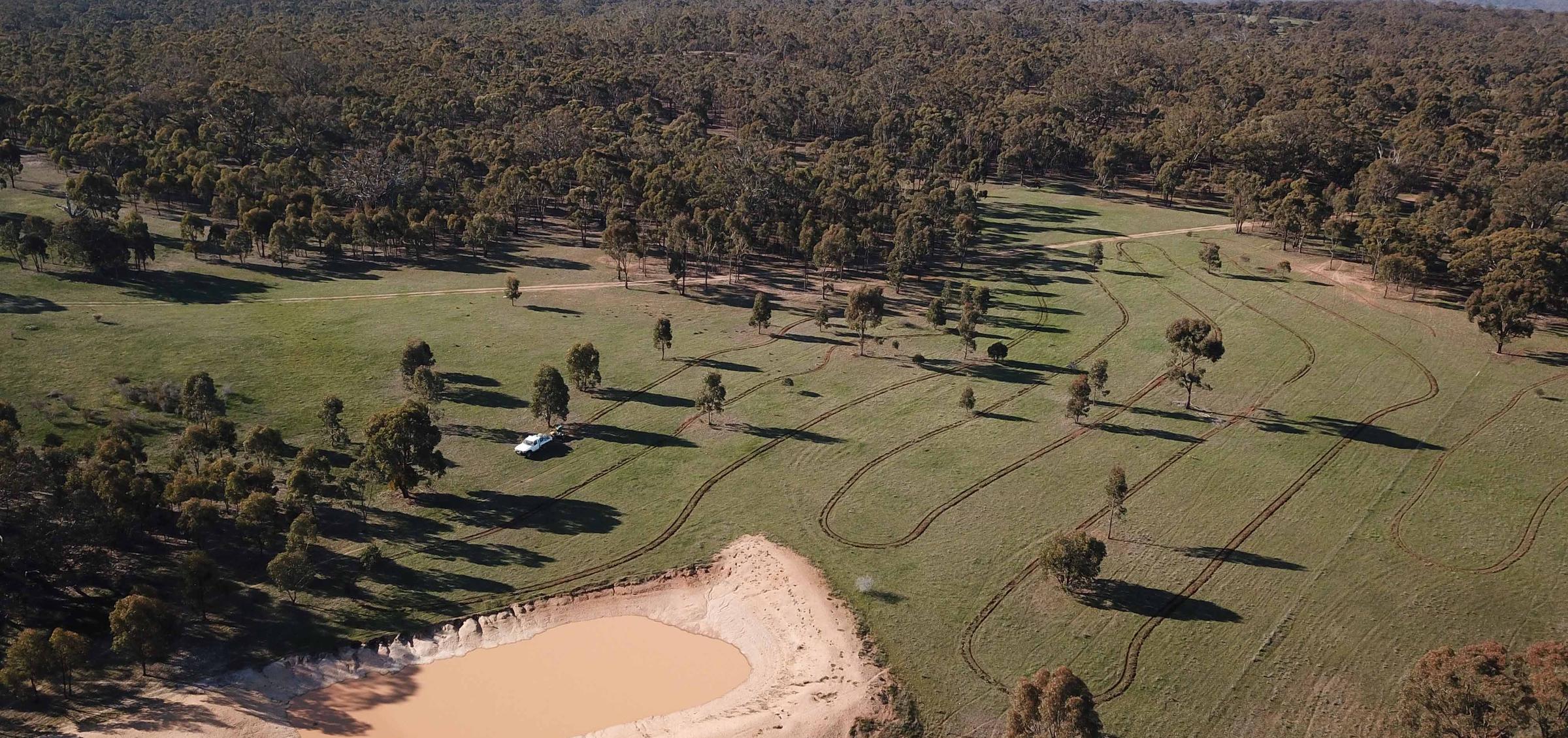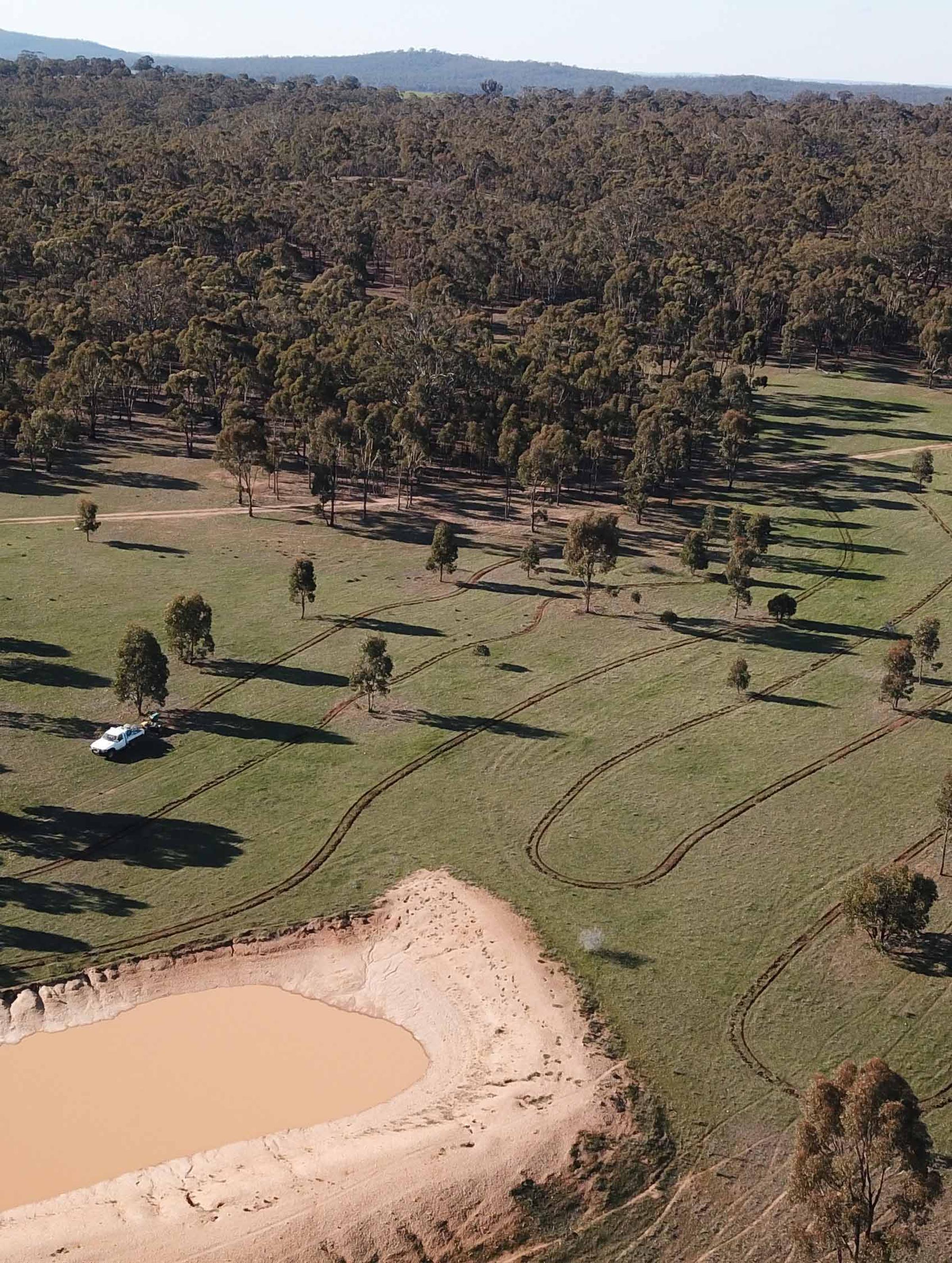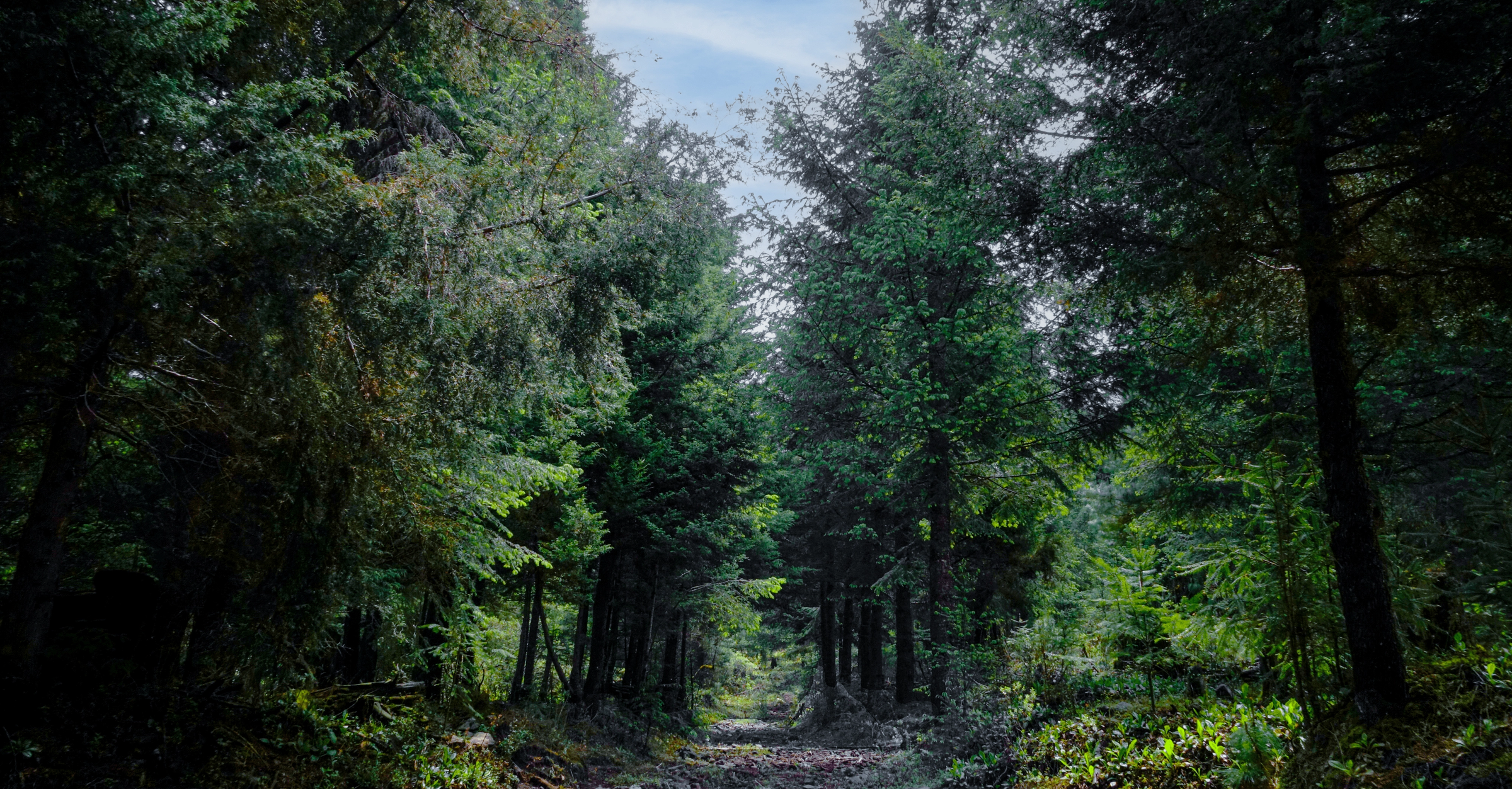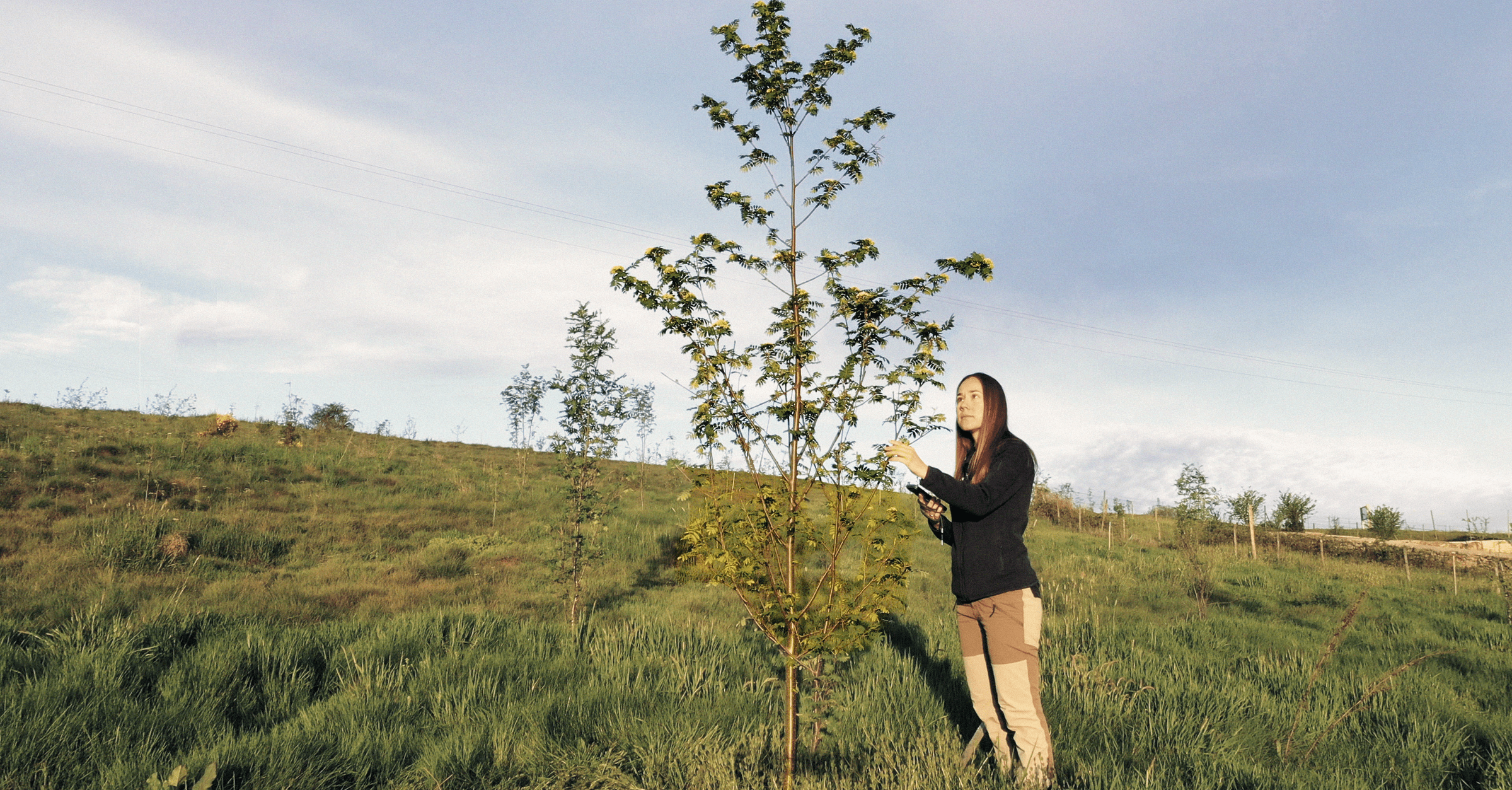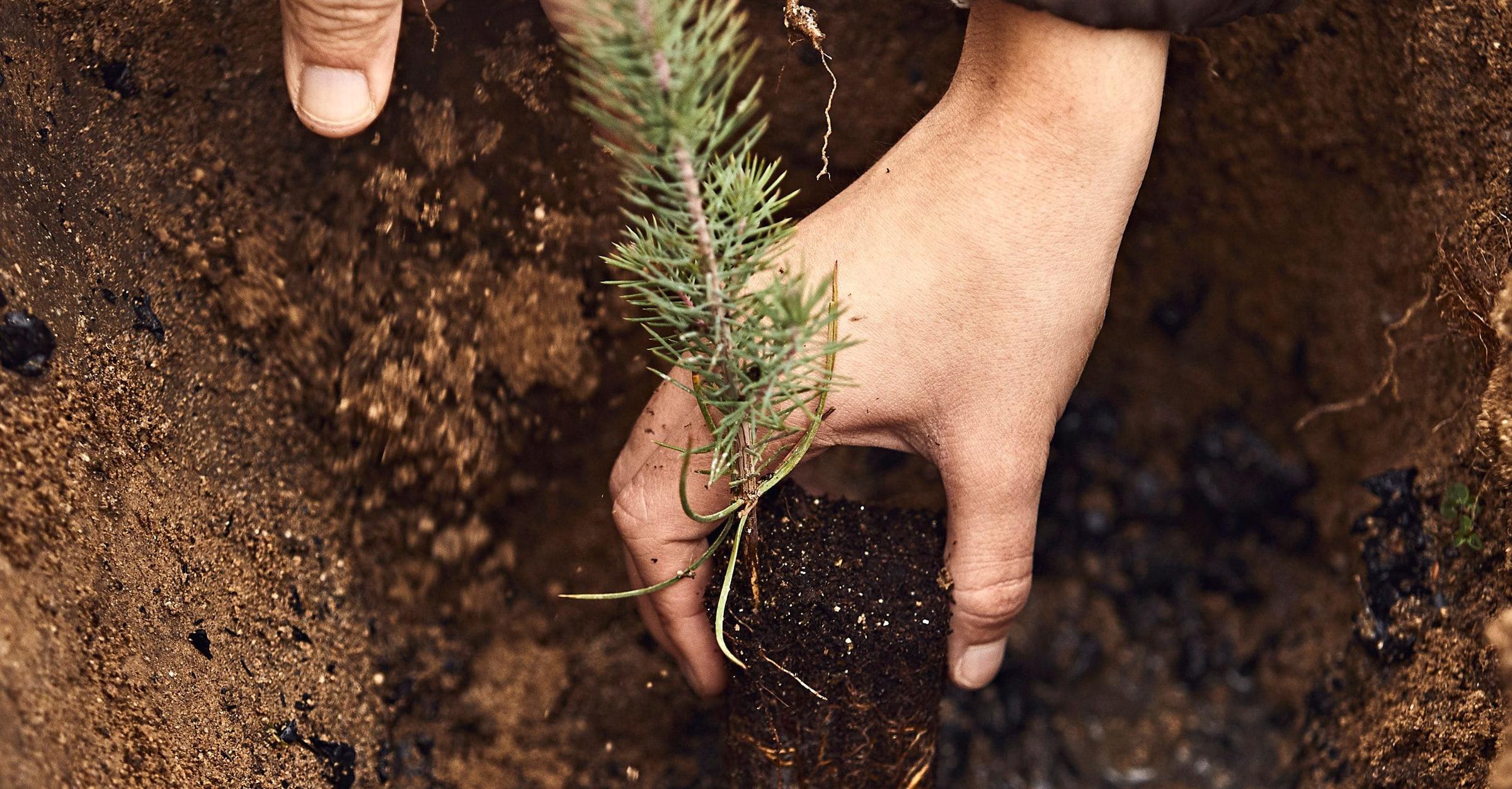Talia South Australia Restoration Project
About our Talia South Australia ACCU restoration project
Native Vegetation Groups: Mallee Woodland over Shrub/Grasslands
Drooping Sheoak Grassy Woodland
Bioregion: Eyre Yorke Block
Talia is a 2,000-hectare property located on the western side of the remote Eyre Peninsula in South Australia - a large promontory about 320km (200 miles) on each side that projects into the Indian Ocean. The name Talia is derived from the Aboriginal word meaning near water.
Eyre Peninsula has a unique combination of fauna and flora. Quite a few endemic species exist here that don’t exist anywhere else in the world, such as the Eyre Peninsula Southern Emu-wren and the West Coast Mintbush. Many of them are vulnerable or face extinction.
Historically used for grazing, the property features multiple vegetation types, with the dominant native community being degraded Drooping Sheoak Grassy Woodland on Calcrete, Eyre Peninsula and it is critically endangered under the Australian EPBC Act.
Site history
In the 1850s, the Traditional Owners of Talia, the Wirangu and Nauo First Peoples, were displaced and European settlers started grazing sheep on the property.
Most native vegetation was particularly palatable to sheep, especially Sheoak, and when old plants died they weren't replaced - causing a slow, gradual death of habitat. Here's a picture of how overgrazing, and the First Peoples loss of access and custodianship of Talia across 170+ years, has left the site in a state of degradation.
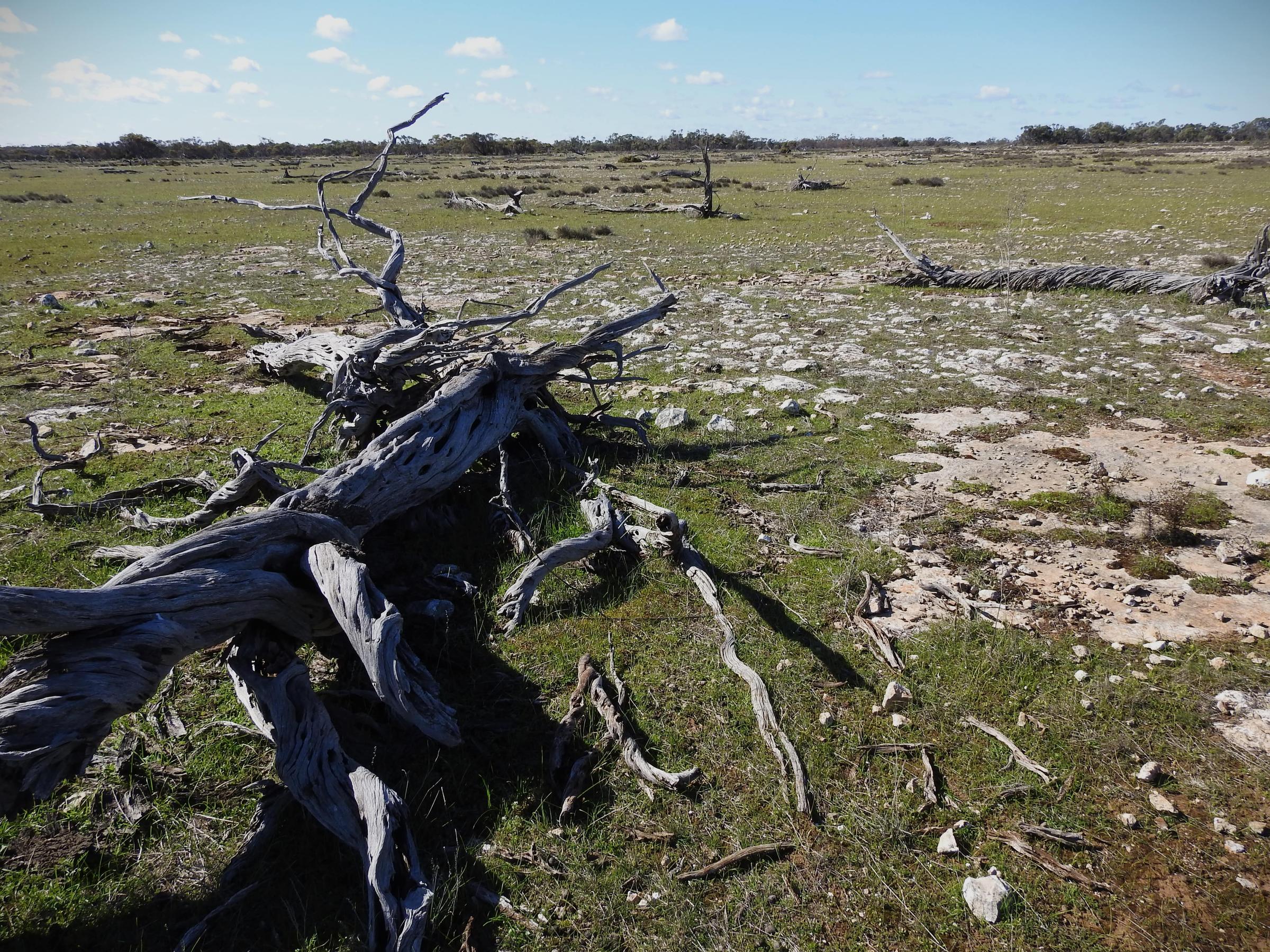
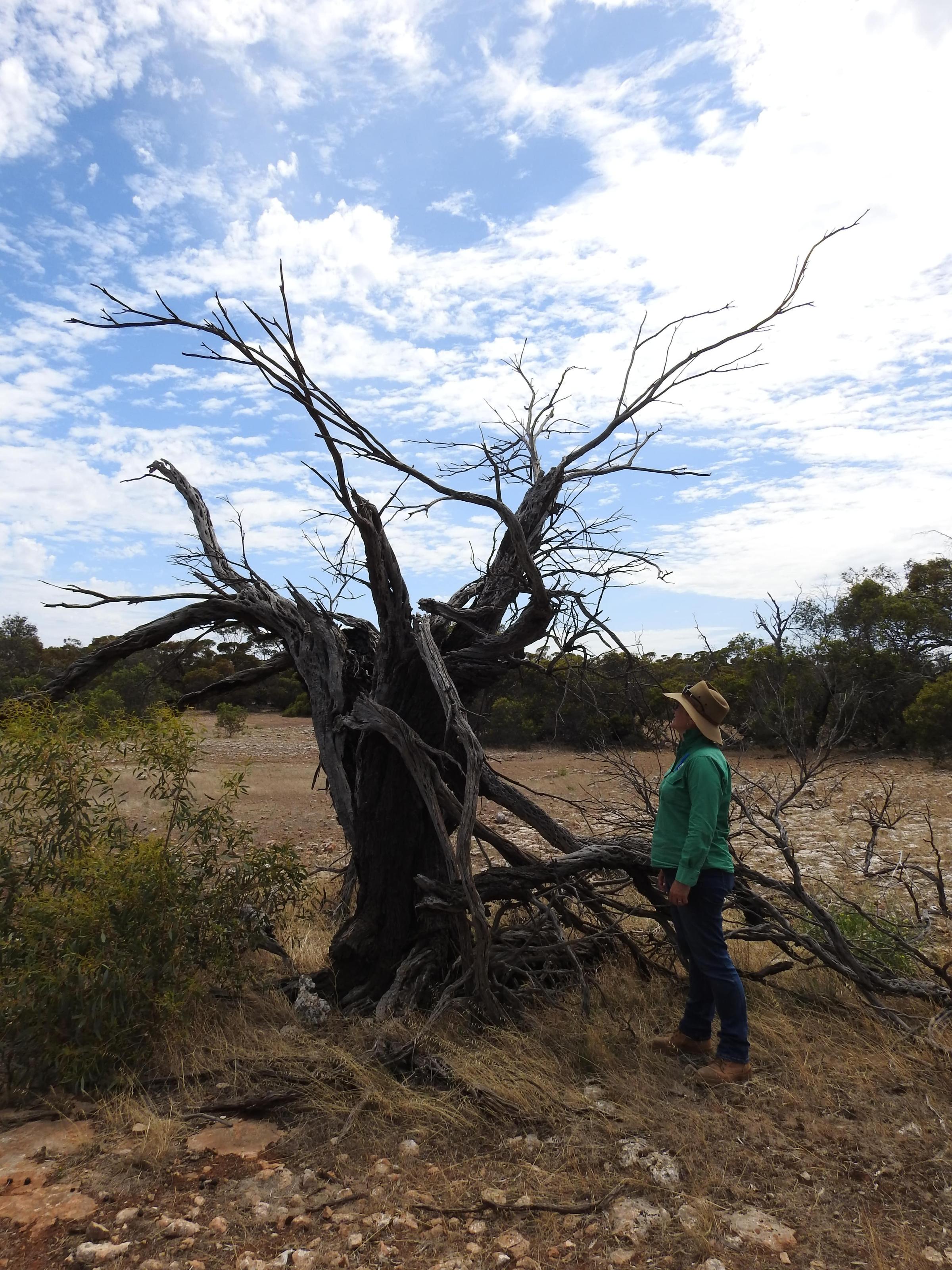
This high-integrity carbon removal ACCU project was developed in partnership with Carbon2Nature AustraliaOpens in a new tab., a subsidiary of Carbon2Nature, the dedicated global nature restoration company of Iberdrola, and its local subsidiary Iberdrola AustraliaOpens in a new tab..
Acknowledgement of Country
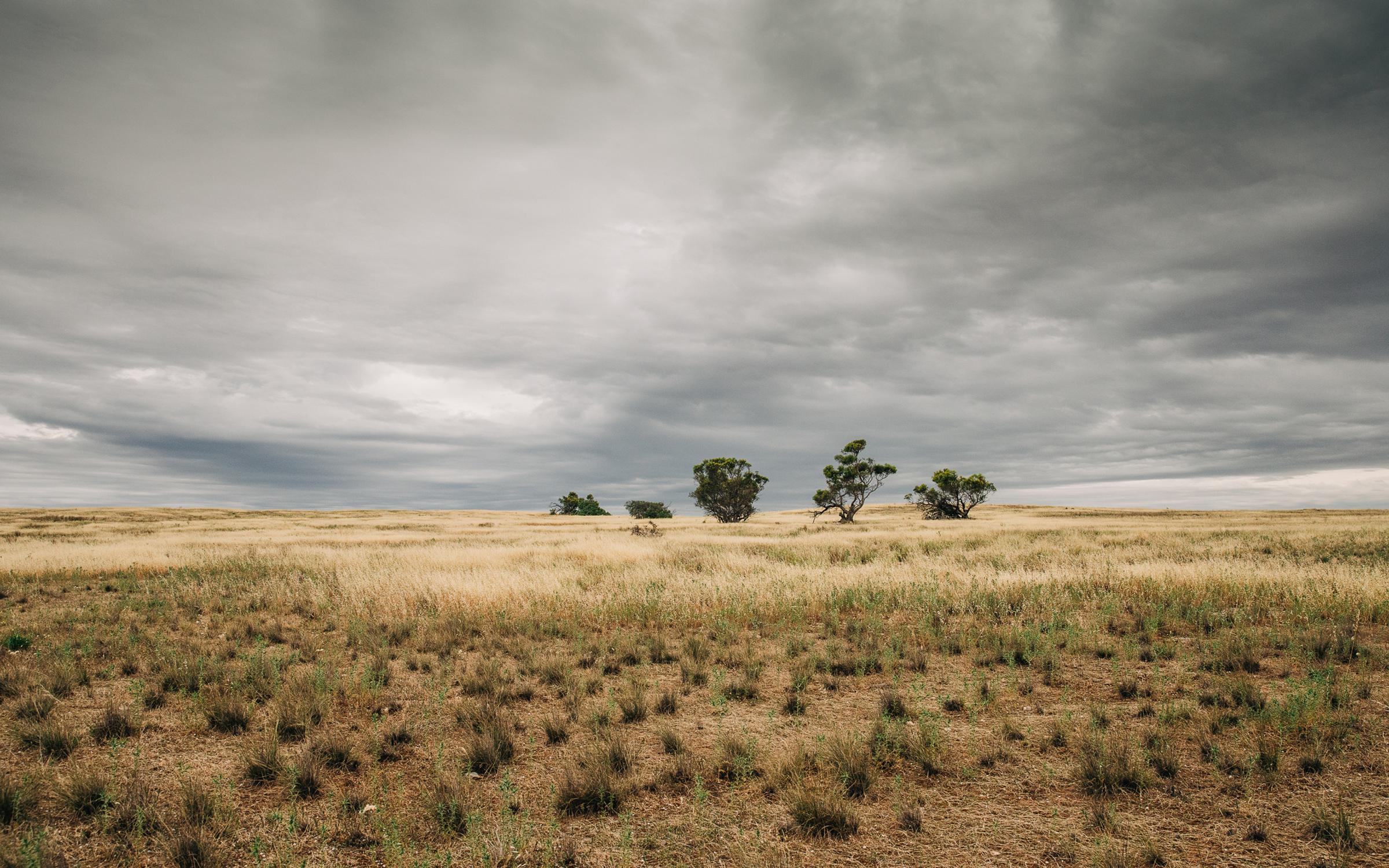
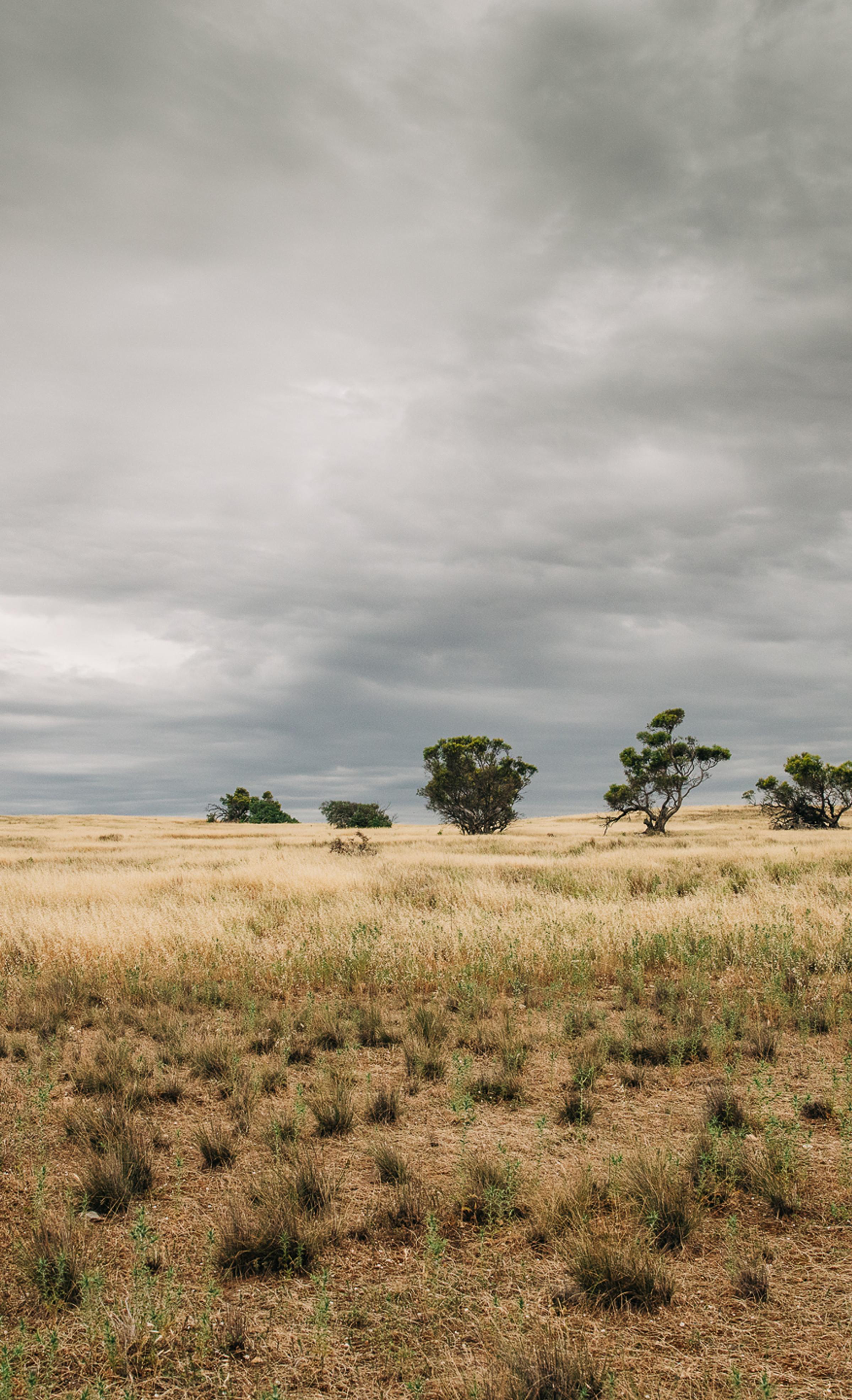
Site objective
Carbon Sequestration: 113,996 tCO2 over 25 years
Methodology: Reforestation by Environmental or Mallee Plantings – FullCAM method (2024)
The restoration of 688 hectares to address extensive land degradation and mitigate climate change; support the whole landscape to cope with climate-induced weather events; and reestablish biodiverse, resilient ecosystems.
The integrity of the project will be further enhanced with an in-perpetuity Heritage Agreement to be placed on the site, securing the protection of the land forever.
Restoring the Drooping Sheoak grassy woodland
Over ninety-five per cent of Drooping Sheoak grassy woodland has been cleared throughout the Eyre Peninsula.
If this ecological crisis is not addressed through mass reforestation, an entire vegetation class will disappear from the state. And all the species that use that vegetation type as habitat will disappear with it. Already, there are no longer Glossy black-cockatoos left on mainland South Australia - their population has been completely wiped out as they only feed on Sheoaks.
Building biolinks
With Kulliparu National Park adjacent to Talia, the site is perfectly positioned to form part of a large north-south biolink from the Gawler Ranges in the north to the west coast of the Eyre Peninsula.
Working with Traditional Owners
In addition to climate and biodiversity impact, this ACCU project includes opportunities to work closely with the Traditional Owners of Talia.
For around 65,000 years, Talia was home to the Wirangu and Nauo First Peoples. The landscape was a flourishing and healthy ecosystem providing shelter, food, medicine and tools for survival. However, since European colonisation in the 1850s, Talia's Indigenous custodians were forced off their land.
Displaced and disconnected, generations of Wirangu and Nauo have sought access to their home and sacred connections to heritage and ancestors. Over the last 170+ years, they've watched this rich landscape become degraded – leaving it depleted and its native flora and fauna vulnerable and at threat of extinction.
In the early stages of identifying this nature restoration opportunity, Land Life and our partner Cassinia Environmental Opens in a new tab.actively began meeting with the Wirangu and Nauo Aboriginal Corporation (WNAC) to identify ways of working together.
Positive outcomes of this engagement include:
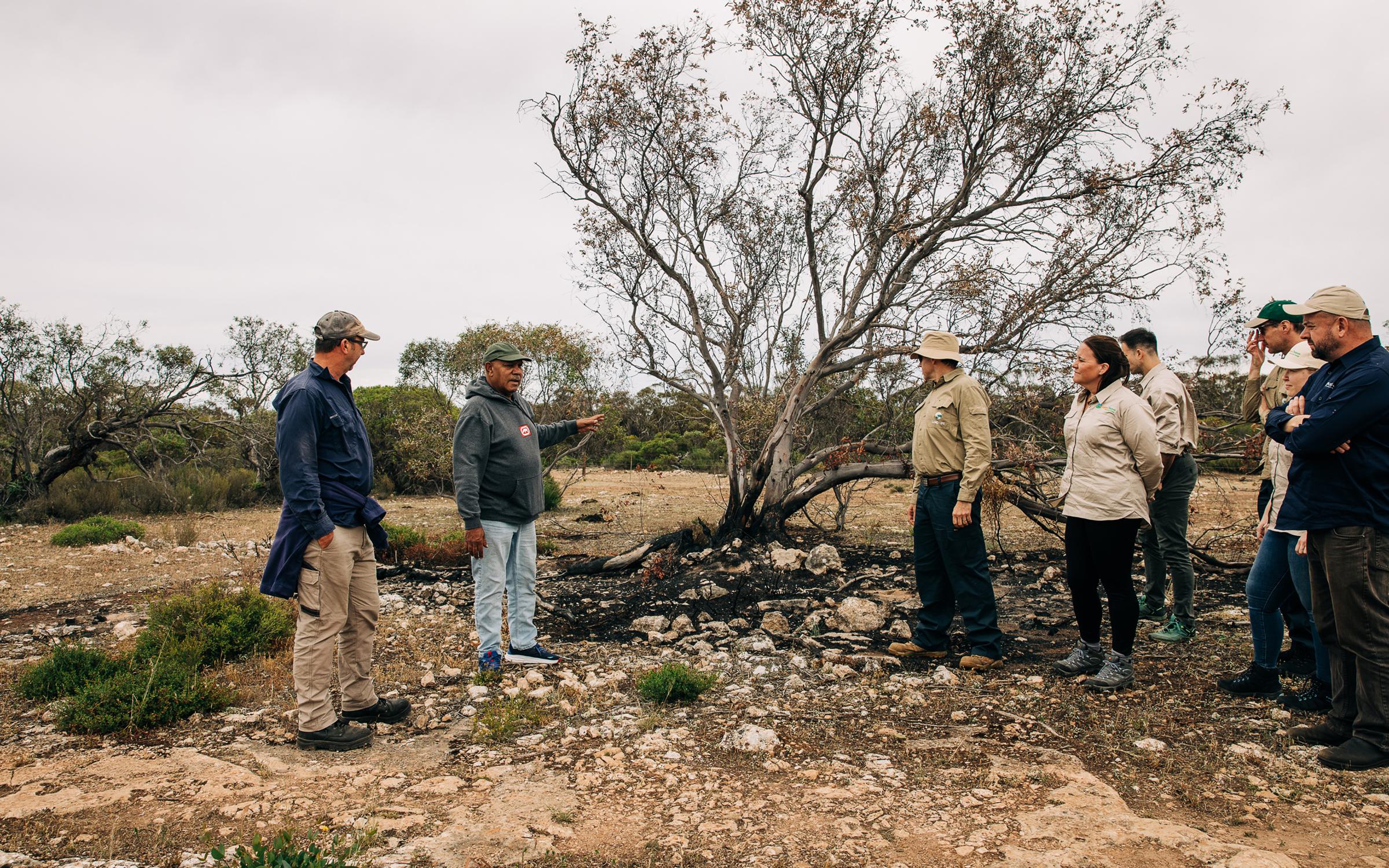
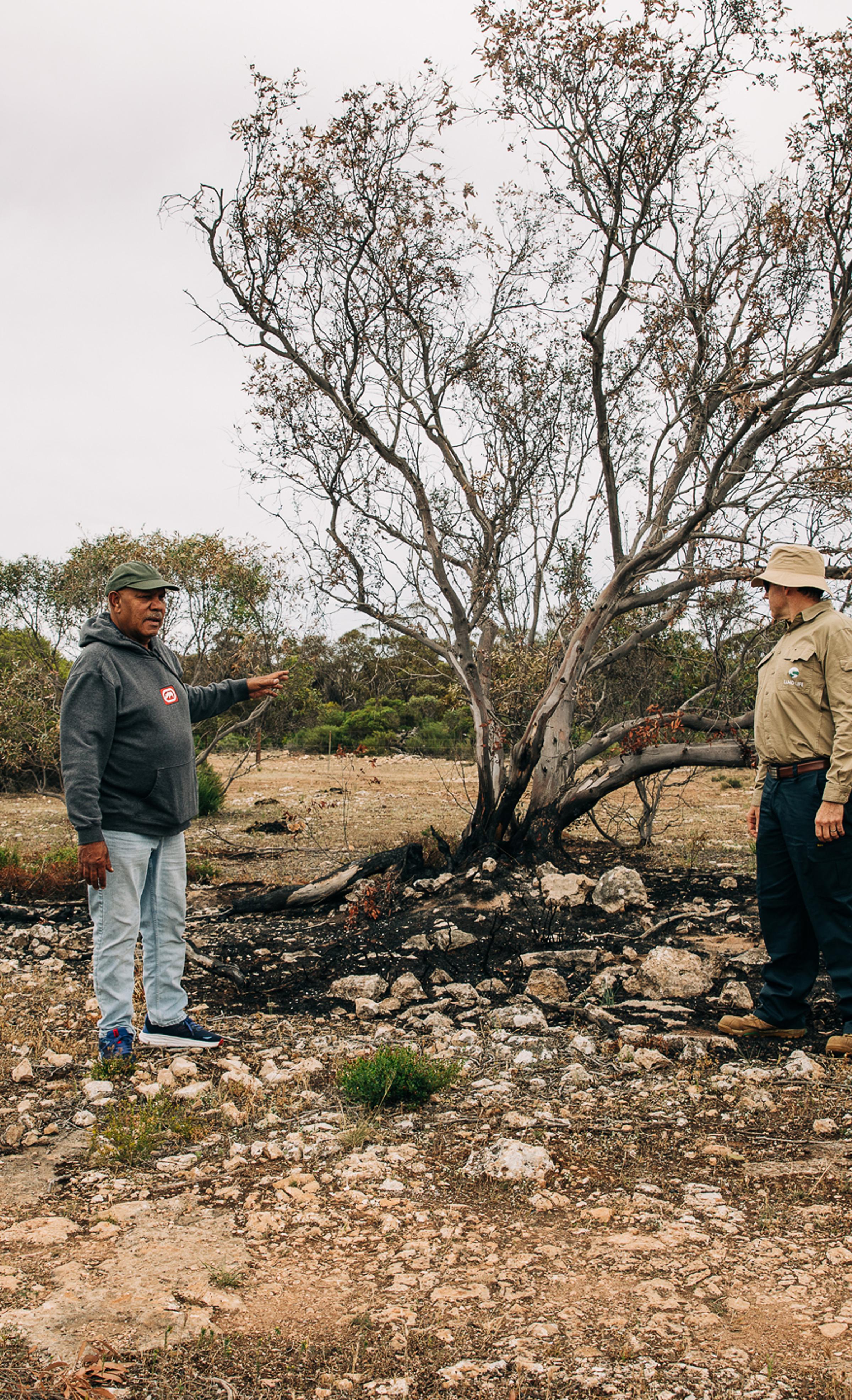
About the restoration
This site was revegetated during the Australian 2025 Planting Season using the Reforestation by Environmental or Mallee Plantings – FullCAM method (2024). It has been designed to restore native vegetation structure, enhance biodiversity and achieve forest cover targets.
An initial site inspection by Land Life identified 32 tree and shrub species characteristic of the Drooping Sheoak Grassy Woodland ecological community. The species selection for this project aligns with the Environmental Plantings 2024 Method, ensuring local provenance, ecological suitability, and appropriate structural diversity.
The site was revegetated exclusively through direct seeding, utilising machine seeding to distribute 554.7kg of native seeds along furrows created by tines.
Three direct seeders were used simultaneously after receiving an excellent rainfall of 70mm in June. To enhance germination success, pre-treatment of select seeds was undertaken, and a one-metre-wide weed control zone on either side of the seeding lines will be maintained using glyphosate application.
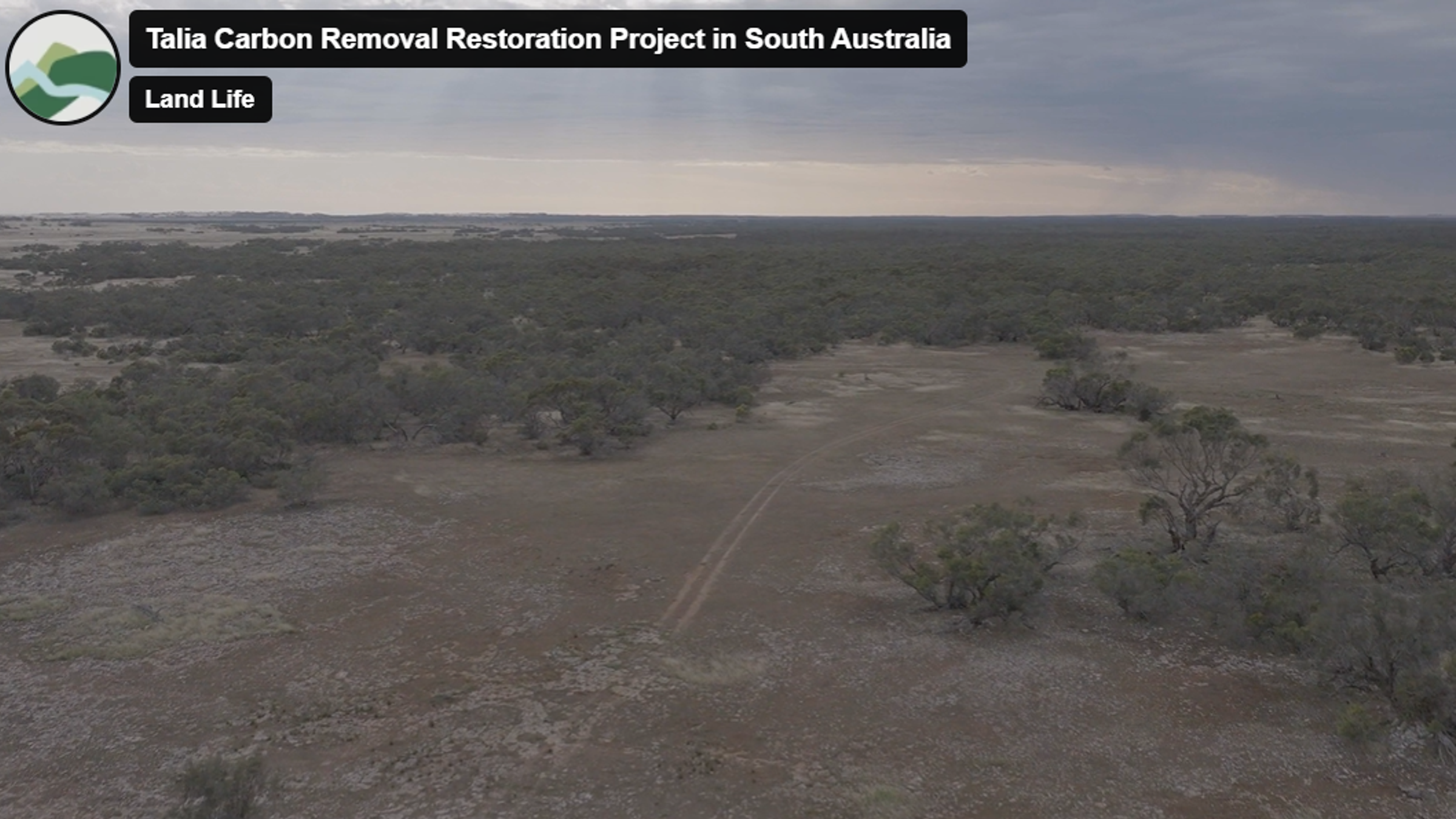
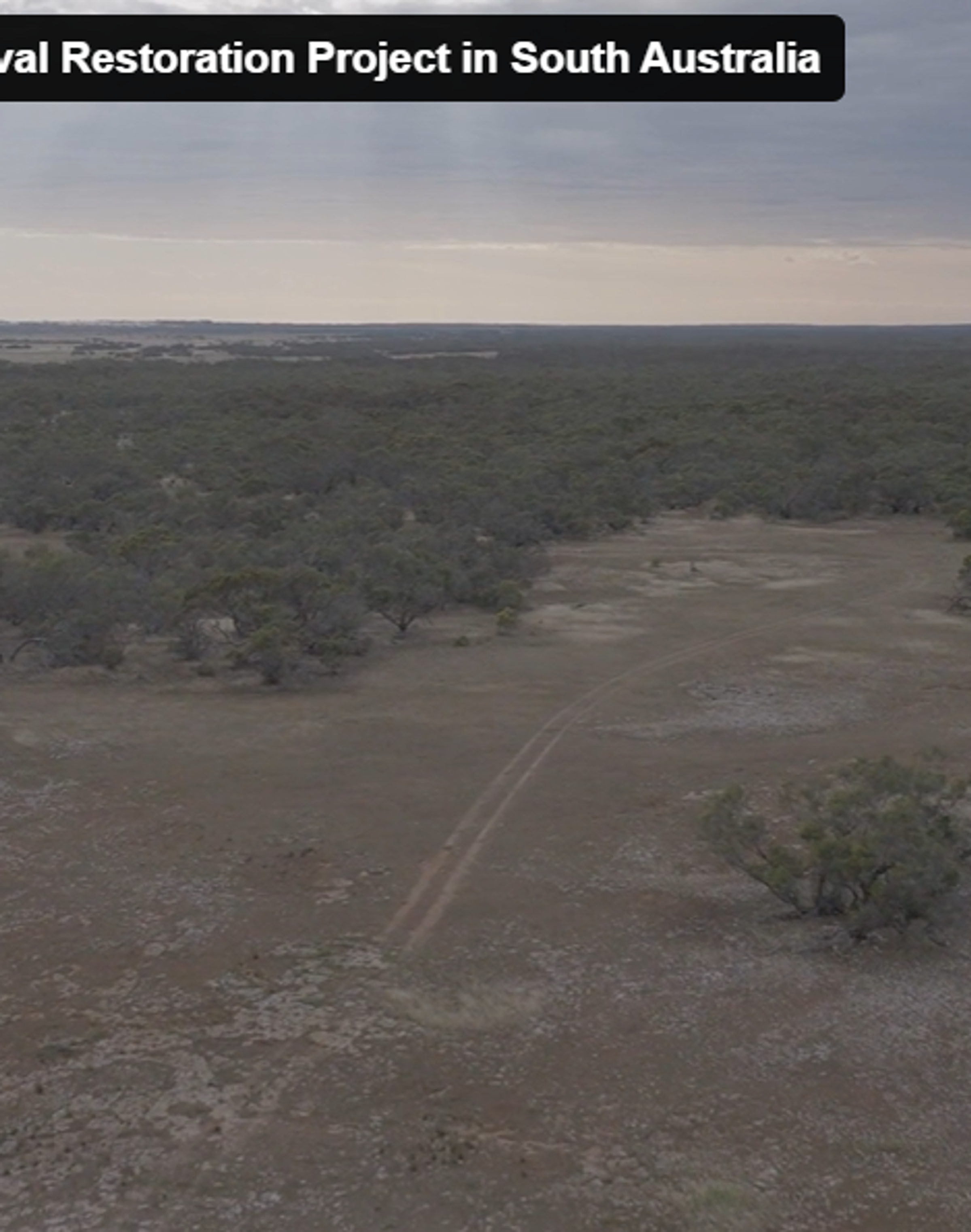
Tala: A Restoration Collaboration
Video
Biodiversity gains
Over a third of the Eyre Peninsula's native animal species are threatened, which means that unless we address the threats that face these species, they will become extinct.
Biodiversity co-benefits of the Talia project include:
Another biodiversity co‑benefit of the Talia restoration project is the potential to support recovery of threatened species populations on the Eyre Peninsula.
South Australian locals, Professor Katherine Moseby and Dr John Read from Ecological HorizonsOpens in a new tab. – leading ecologists dedicated to ecological research and conservation, are the lessees of the leasehold section of Talia. Katherine and John have pioneered several landscape-scale reintroduction projects, including at their other Eyre Peninsula property, 'Secret Rocks'.
Critically-threatened plants and animals, like chalky wattles, bandicoots and numbats have been reintroduced to Secret Rocks, and together with Landlife, Ecological Horizons plan to also manage threatening processes and enhance or reintroduce threatened species to Talia.
Several iconic rare bird species, including malleefowl and southern whitefaces, locally threatened plants and possibly some mammals, should benefit from the conservation management at Talia.
Land Life already plays a valuable role in this vision – restoring and expanding habitat around the mammal breeding grounds adjacent to other Land Life restoration sites in South Australia.
Restoration and rewilding of Talia will benefit not only the threatened species, but also the resilience of the ecosystem and carbon sequestration to future climate or biosecurity threats.
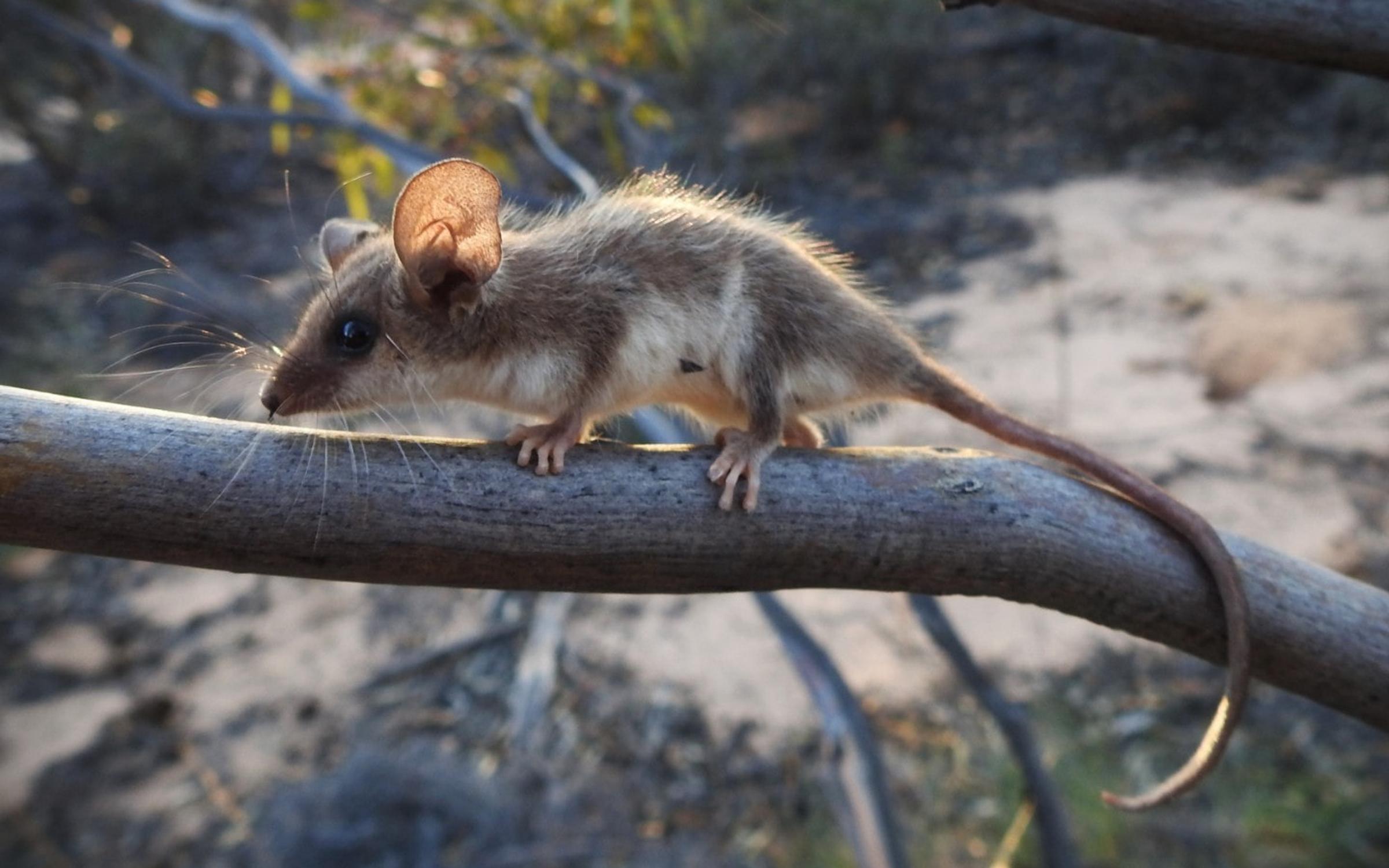
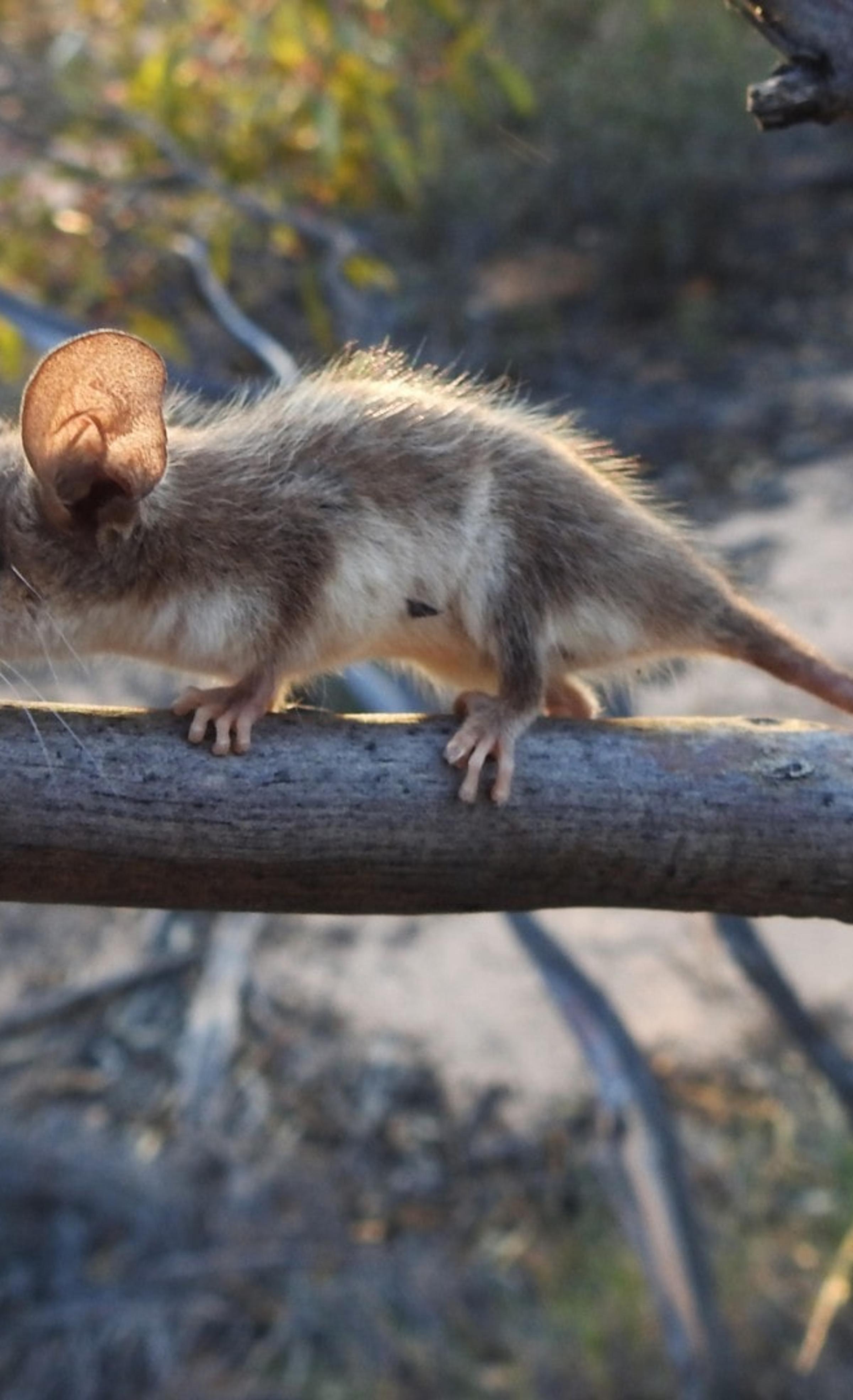
Project highlights
The future is nature
